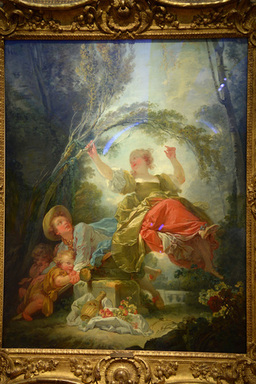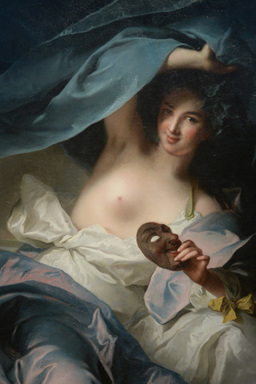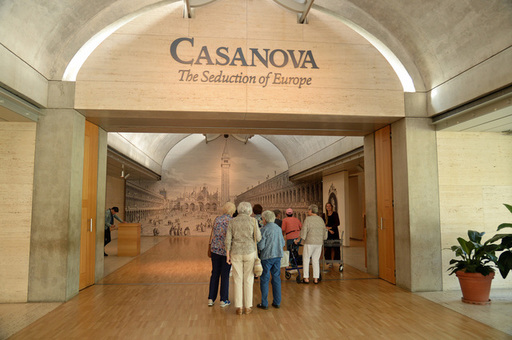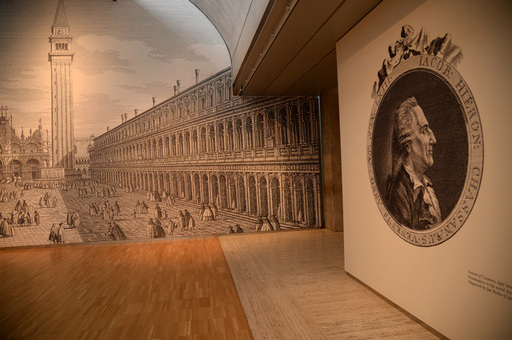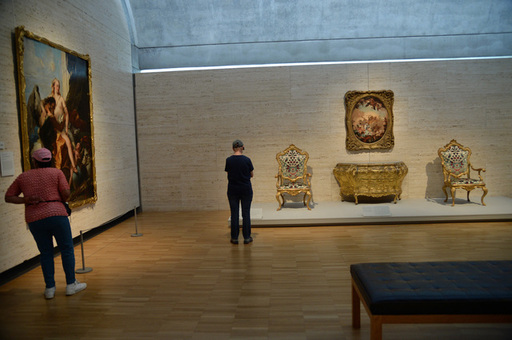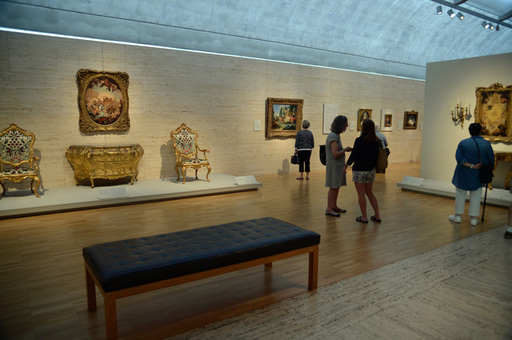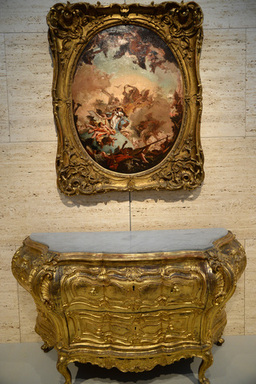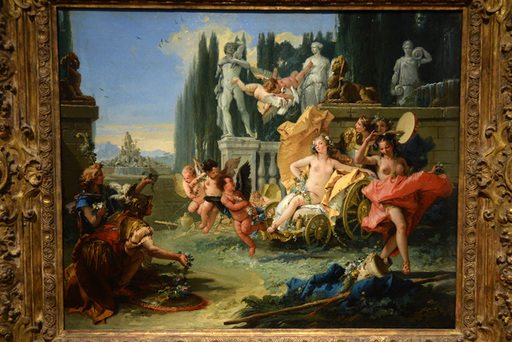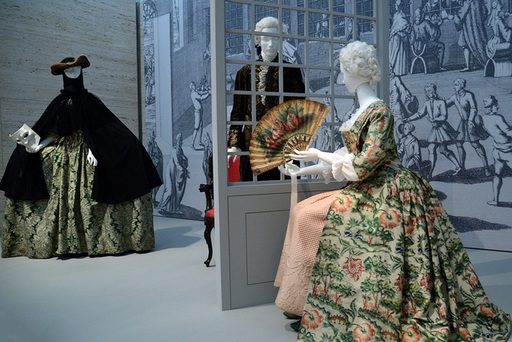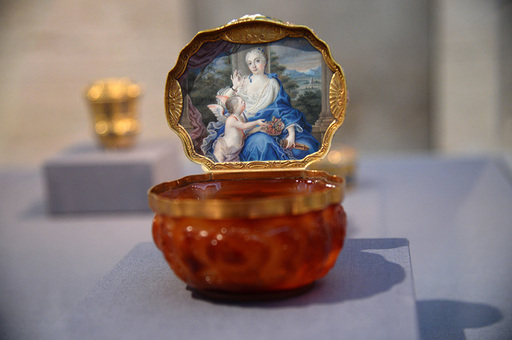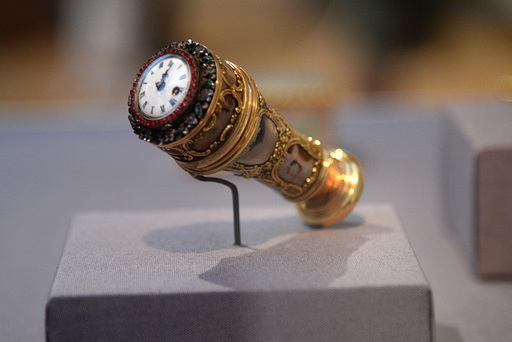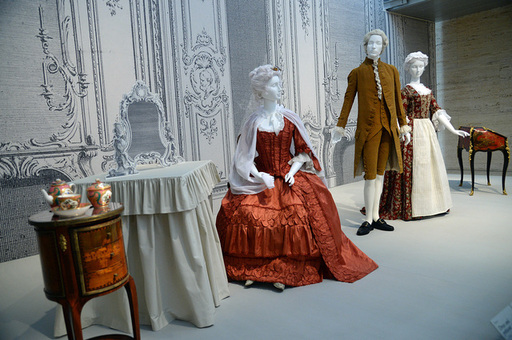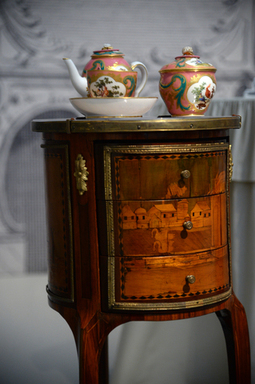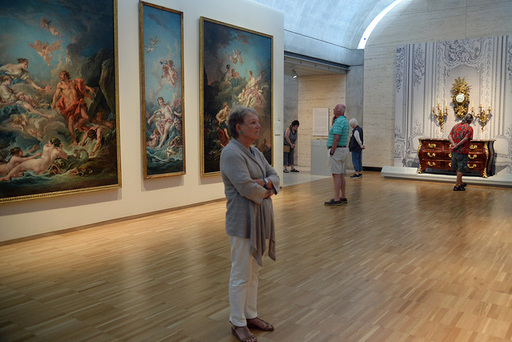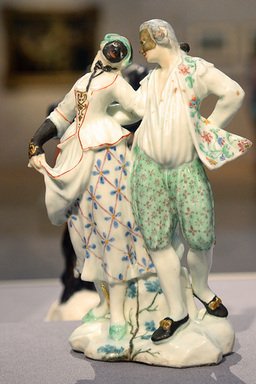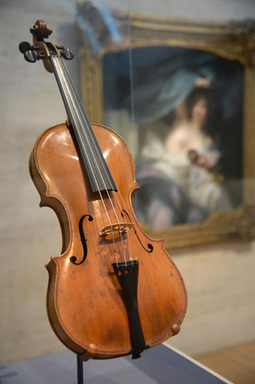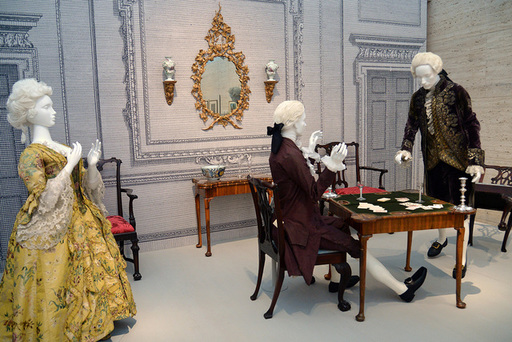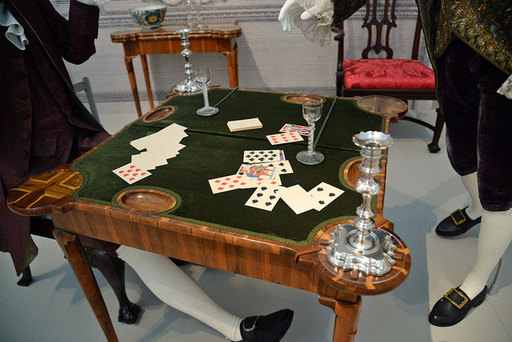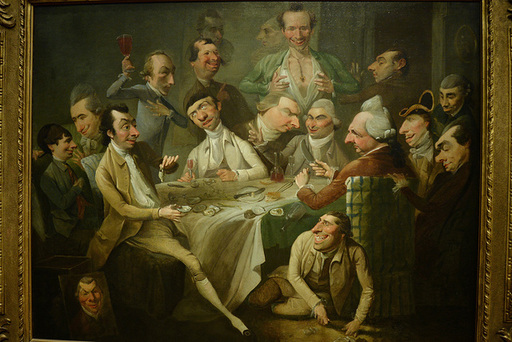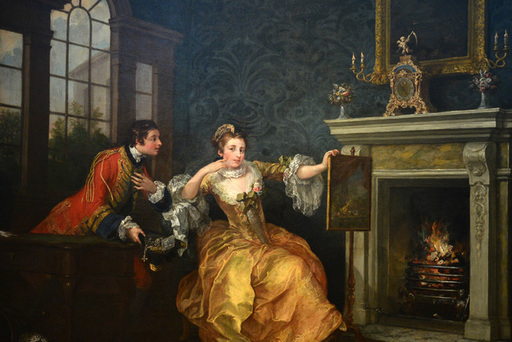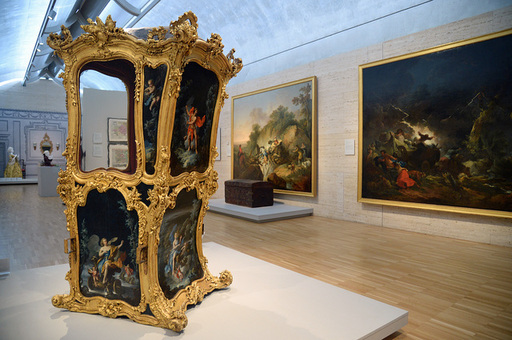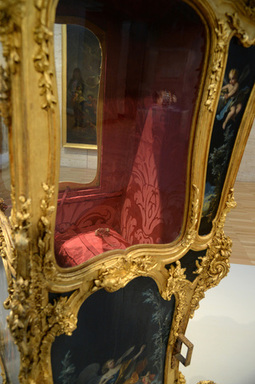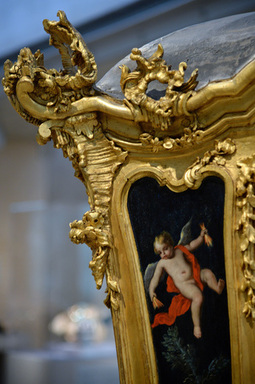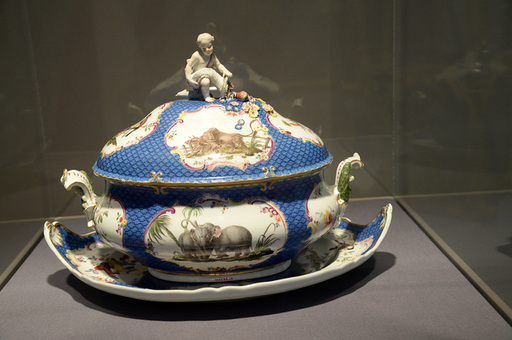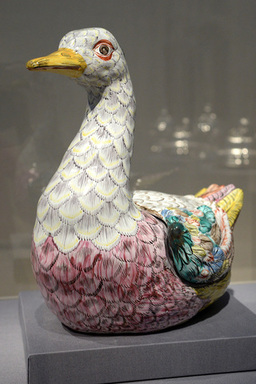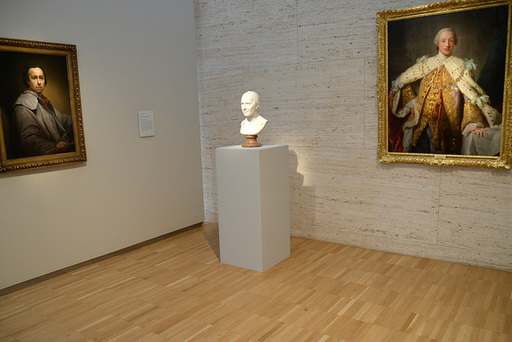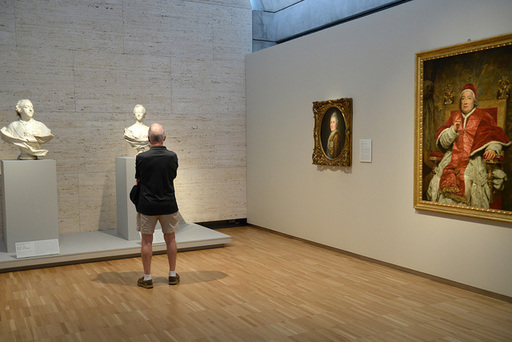I didn't know much about Giacomo Casanova, other than the vague knowledge of his autobiography, “Historie de ma vie” (Story of My Life) and his self-proclaimed reputation as the "World's Greatest Lover" or a scandalous womanizer, depending on your perspective. And I really didn't know what to expect from the "Casanova: The Seduction of Europe" exhibit at the Kimbell Art Museum in Fort Worth. But I was entranced; I dare say, “seduced,” by the experience.
It is more than a collection of mid-18th century art and artifacts. The curators delivered an exquisite taste of the elegance and extravagance that defined Casanova and the Rococo age. They created a very moving experience with everything from soaring masterpieces by Tiepolo and Titian to delicate porcelain figurines and ornate everyday objects such as counting boxes to bejeweled timepieces. The fabrics on display are meant to provide further details rather than make a statement about the fashions of his time.
There's an audio guide available upon request, and it was very helpful in establishing the appropriate mood as the story unfolds.
The entrance to the exhibit resembles a large Venetian plaza. Printed on a panel in the entry is one of only a few images of Casanova in the show. It's a drawing of Casanova as a senior statesman. It's the type of image that might be minted on an ancient nation's coinage. But don't come looking for iconic images of Casanova. Rather, the exhibit seeks to capture the essence of the man, his travels and the era. It’s more of a fantastic journey than a stale history lesson.
Upon entering the first room of the exhibit, there are several dramatic paintings of Venice, Casanova's birthplace. As soon as you round the first corner, you'll appreciate just how different this exhibit will be. There’s a pair of opulent Italian armchairs flanking an ornate chest of drawers with a painting in a gilded frame hanging above it on the wall (“The Coronation of the Virgin,” 1754, by Giovanni Battista Tiepolo.) It's easy to imagine Europe's pampered royalty relaxing amid such opulence. And just as natural to imagine Casanova in the company of the elite.
As you progress through the exhibit, paralleling a timeline of Casanova’s life, there are numerous salacious paintings alluding to Casanova's loose morals. While they are masterful works of art taken in any context, together they build on a sultry ambiance.
Rounding another corner, there’s a diorama of a seated boarding school student, separated by a trellis from her male suitor. Both mannequins are clothed in fine fabrics. But more than mere examples of fashion, the scene weaves a tapestry of Casanova's tale. A mysterious third figure stands off to the left with mask in hand. An actor? A lover? The interpretation is up to you.
The exhibit takes a dark turn with sketches of a prison and the revelation of Casanova as a scoundrel and fraud. Cavorting between regal boudoirs and backstreet brothels, he often found himself running afoul of authorities.
Make sure you take time to examine the intricately detailed artwork on simple, everyday objects like snuffboxes and folding fans. The diversity of furnishings and figurines, tea sets and tureens, candelabras and caricatures, are resplendent.
The most stunning piece in the show for me was a richly decorated sedan chair, made of painted wood panels and glass with silk upholstery inside. Imagine a member of the aristocracy being carried through the crowded, filthy streets of Paris so they wouldn't soil the hand-sewn hem of their finery.
Not that this exhibit makes any attempts at political statements. It merely lets you immerse yourself in the many facets of society that Casanova experienced as he traversed Europe and abroad. He even traveled to St. Petersburg to meet Catherine the Great of the Ottoman Empire. He also entertained visiting dignitaries such as American patriot Benjamin Franklin, who arrived in Paris five months after signing the Declaration of Independence. French artist Joseph Siffred Duplessis, official portrait artist for King Louis XVI, duly noted Franklin’s visit with a noble oil portrait.
As I exited the exhibit, I wanted to turn around and go back through it again. But, alas, time is fleeting. The exhibit runs through December 31, 2017. But don't procrastinate. You may be seduced into making a return visit before this stimulating exhibit ends.
Tickets are $12 for children 6 - 11 (under 6 are free); $14 for students with ID and Seniors 60 and over; $16 adults. Tickets are half-priced on Tuesdays as well as Friday evenings 5 – 8 p.m. More details at http://casanova.kimbellart.org

